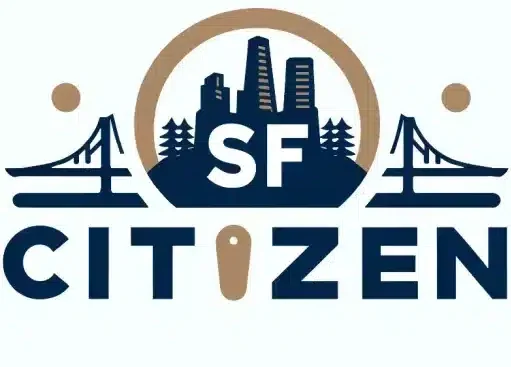Founded in 1868, Butchertown was an industrial neighborhood in San Francisco’s Bayview district that housed a myriad of slaughterhouses and related industries. This unique urban geography, coupled with its proximity to water and open land, allowed for the flourishing of commerce.
In This Article
Key Points
- The transformation of Butchertown from its early days to a modern neighborhood
- The role of Butchertown in San Francisco’s urban-industrial economy
- The preservation of historical landmarks and community identity amidst urban redevelopment
The Origins and Evolution of Butchertown
Butchertown was established in the Bayview neighborhood when a group of butchers purchased 81 acres of submerged and waterlogged tidelands from the State of California. The area had remained largely undeveloped despite several attempts at residential housing ventures during and after the California gold rush. The butchers were forced to relocate to the outer fringes of town by an ordinance that banished the slaughtering of animals from the city center.
The 1906 San Francisco earthquake had a significant impact on Butchertown. In 1908, city health authorities investigated the area and found conditions to be deplorable, ordering six slaughterhouses to be destroyed due to the accumulation of dirt and filth that attracted large numbers of rats. Butchertown had difficulty recovering from the earthquake disaster and the scandal of 1908.
Butchertown’s Industrial and Agricultural Heritage
Butchertown’s history is deeply rooted in the slaughterhouses and livestock raising industries. The area’s abundant water supply from Islais Creek and the Bayshore, along with its relative isolation, appealed to the meat men. Offal from butchering could be easily disposed of in the ebb and flow of bay tides or the area’s meandering creeks.
In recent years, urban gardening initiatives have played a role in community sustainability, showcasing Butchertown’s transition from a rural-agricultural to an urban-industrial economy.
Socio-Economic Dynamics in the 1920s and 1930s
The Great Depression had a significant effect on Butchertown’s community. Despite the challenges, a close-knit, diverse community fabric emerged, with contributions from French-American, Italian-American, Maltese-American, and Irish-American communities.
Butchertown’s relative isolation and unique urban geography helped foster and reinforce a distinct sense of neighborhood identity and community in its residents. This geography led to a combination of urban-industrial and rural-agricultural economies and a mixture of industrial, residential, and agrarian land uses.
Historical Landmarks and Cultural Heritage
Butchertown is home to several key historical landmarks that showcase its rich history. Efforts are being made to preserve these landmarks and the community’s identity amidst urban redevelopment.
- The ethnic diversity of Butchertown has played a significant role in shaping its cultural heritage.
- Community initiatives aim to balance modernization with historical preservation.
Urban Redevelopment and Community Identity
Butchertown faces both challenges and opportunities in its urban redevelopment. The impact of redevelopment on community identity and social history is a key concern for residents.
Strategies are being developed to balance modernization with historical preservation, ensuring that Butchertown’s unique character and heritage are not lost in the process.
Butchertown Today: A Blend of Old and New
Today, Butchertown remains an integral part of San Francisco’s Bayview neighborhood and continues to play a role in the city’s contemporary urban-industrial economy.
Community initiatives are working towards shaping the future of Butchertown, preserving its historical landmarks, and fostering a strong sense of community identity.
FAQ
What was the original purpose of Butchertown in San Francisco?
Butchertown was established in 1868 as a “Butchers’ Reservation” for slaughtering animals, after butchers were forced to relocate from the city center due to an ordinance banning animal slaughter.
How did the 1906 earthquake affect Butchertown?
The 1906 San Francisco earthquake had a significant impact on Butchertown. In 1908, city health authorities found deplorable conditions in the area, ordering the destruction of six slaughterhouses due to dirt and filth that attracted rats. Butchertown struggled to recover from the earthquake and the scandal.
What role did ethnic communities play in Butchertown’s development?
Butchertown’s diverse community fabric emerged with contributions from French-American, Italian-American, Maltese-American, and Irish-American communities. This ethnic diversity played a significant role in shaping Butchertown’s cultural heritage.
How has urban redevelopment impacted Butchertown’s community identity?
Urban redevelopment poses both challenges and opportunities for Butchertown. The impact on community identity and social history is a key concern, and strategies are being developed to balance modernization with historical preservation.
What efforts are being made to preserve Butchertown’s historical landmarks?
Community initiatives are working to preserve Butchertown’s historical landmarks and foster a strong sense of community identity amidst urban redevelopment. Efforts aim to balance modernization with historical preservation to ensure Butchertown’s unique character and heritage are maintained.

